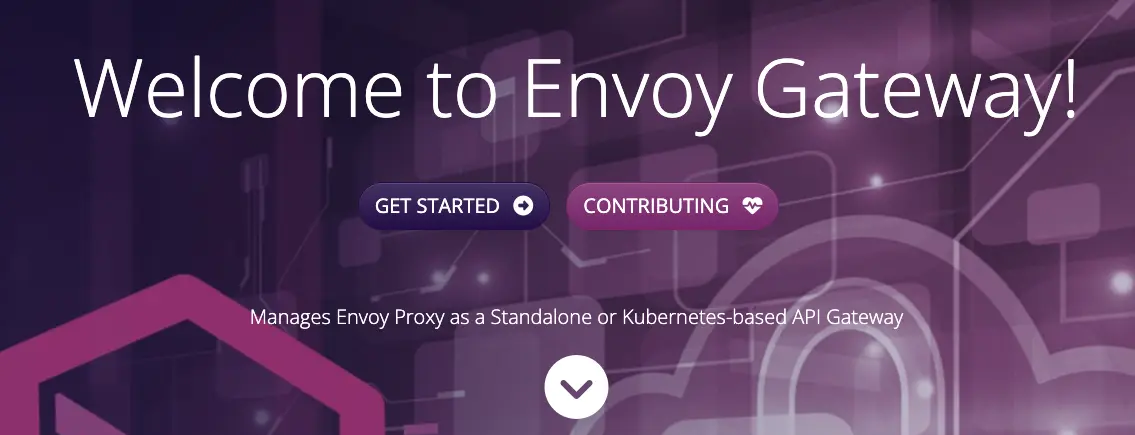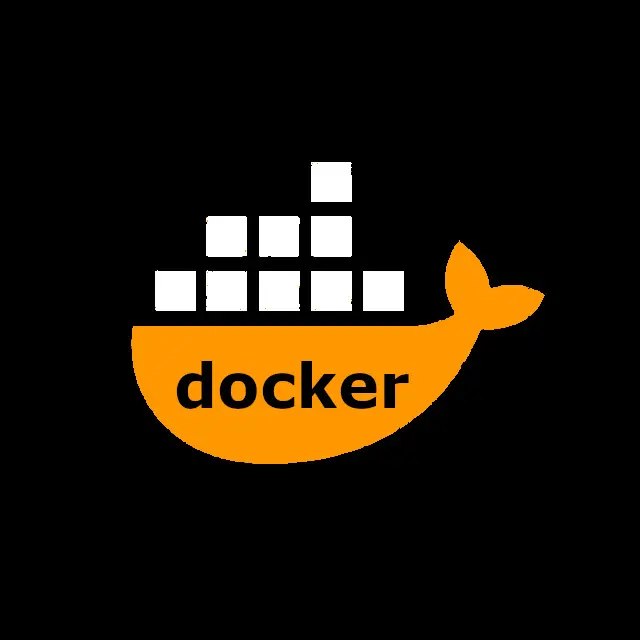
Introduction
Kubernetes Gateway API is a set of new network APIs designed for Kubernetes users to manage and configure load balancers, gateways, and traffic routing. As a modern alternative to Kubernetes networking resources, Gateway API provides more flexible and powerful features. Compared to the existing Ingress resources, Gateway API supports more complex traffic management and routing needs.
Core Concepts of Gateway API
- GatewayClass: Defines different types of gateway implementations that can be provided by various vendors or plugins.
- Gateway: Serves as the entry point for traffic into the cluster, defining the behavior and configuration of the load balancer.
- HTTPRoute: Defines the routing rules for HTTP and HTTPS traffic.
- TLSRoute, TCPRoute, and UDPRoute: Similar to HTTPRoute, these are used to define routing rules for TLS, TCP, and UDP traffic respectively.
Prerequisites
Before using Gateway API, you need to install a load balancer implementation. I recommend using MetalLB to associate addresses with Gateway resources. Additionally, ensure your Kubernetes version is above 1.25.
Installing Envoy Gateway
I prefer installing using a YAML file:
wget https://github.com/envoyproxy/gateway/releases/download/v1.0.1/install.yaml
Modify the image to one accessible from within China:
kubectl apply -f install.yaml
Next, we need to create a GatewayClass:
apiVersion: gateway.networking.k8s.io/v1
kind: GatewayClass
metadata:
name: eg
spec:
controllerName: gateway.envoyproxy.io/gatewayclass-controller
parametersRef:
group: gateway.envoyproxy.io
kind: EnvoyProxy
name: custom-proxy-config
namespace: envoy-gateway-system
Usually, creating the following GatewayClass is sufficient:
apiVersion: gateway.networking.k8s.io/v1
kind: GatewayClass
metadata:
name: eg
spec:
controllerName: gateway.envoyproxy.io/gatewayclass-controller
However, due to difficulties accessing Docker Hub images in China, we need to create an EnvoyProxy:
apiVersion: gateway.envoyproxy.io/v1alpha1
kind: EnvoyProxy
metadata:
name: custom-proxy-config
namespace: envoy-gateway-system
spec:
provider:
type: Kubernetes
kubernetes:
envoyDeployment:
replicas: 2
container:
image: hub.example.com/envoyproxy/envoy:distroless-v1.29.3
patch:
type: StrategicMerge
value:
spec:
template:
spec:
containers:
- name: shutdown-manager
image: hub.example.com/envoyproxy/gateway-dev:62ff3e7
For more details, refer to the official documentation.
Creating a Sample Application
First, create a Gateway:
apiVersion: gateway.networking.k8s.io/v1
kind: Gateway
metadata:
name: eg
namespace: test
spec:
gatewayClassName: eg
listeners:
- name: http
protocol: HTTP
port: 80
Then create an HTTPRoute:
apiVersion: gateway.networking.k8s.io/v1
kind: HTTPRoute
metadata:
name: backend
namespace: test
spec:
parentRefs:
- name: eg
hostnames:
- "www.example.com"
rules:
- backendRefs:
- group: ""
kind: Service
name: backend
port: 3000
weight: 1
matches:
- path:
type: PathPrefix
value: /
Next, create a Service:
apiVersion: v1
kind: Service
metadata:
name: backend
namespace: test
labels:
app: backend
service: backend
spec:
ports:
- name: http
port: 3000
targetPort: 3000
selector:
app: backend
Finally, create a Deployment:
apiVersion: apps/v1
kind: Deployment
metadata:
name: backend
namespace: test
spec:
replicas: 1
selector:
matchLabels:
app: backend
version: v1
template:
metadata:
labels:
app: backend
version: v1
spec:
containers:
- image: gcr.io/k8s-staging-gateway-api/echo-basic:v20231214-v1.0.0-140-gf544a46e
imagePullPolicy: IfNotPresent
name: backend
ports:
- containerPort: 3000
env:
- name: POD_NAME
valueFrom:
fieldRef:
fieldPath: metadata.name
- name: NAMESPACE
valueFrom:
fieldRef:
fieldPath: metadata.namespace
Migrating from Ingress to Gateway API
If you are unsure how to configure Gateway API and want a quick migration, you can use the official Ingress2Gateway tool:
Just execute the following command to complete the migration:
ingress2gateway print --input_file=ingress.yaml
Final Words
Although Gateway API has been released to version v1.0.1, I still recommend using Ingress in production environments unless you have a pressing need.
Feel free to follow my blog at www.bboy.app
Have Fun
